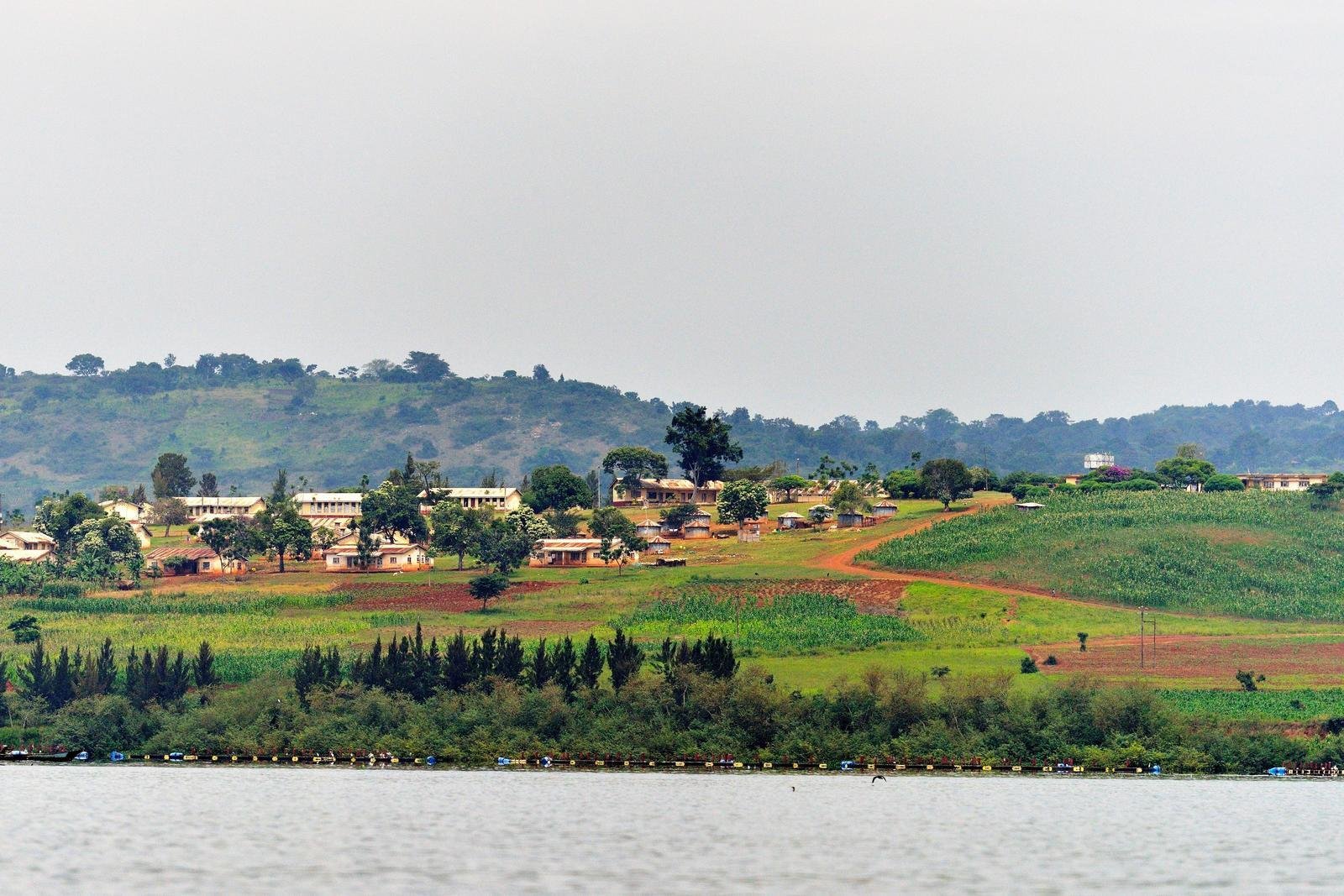
Investing in Sub-Saharan African Power
Africa represents approximately 20% of the world’s land mass, 54 countries, 16% of its population, yet only 3% of global GDP. It carries a significant potential for economic growth and economic forecasts document this well. However, Africa’s growth will only be achieved if there is substantial investment in supporting infrastructure including power. Enabling low-cost power and reliable electricity supply is a critical factor in generating sustainable economic growth.
Africa maintains the lowest per capita levels of electricity, and simultaneously the lowest human development rankings of any region in the world. Access to electricity affects livelihoods from improved food storage to business productivity, to better health. Sub Saharan Africa currently consumes less electricity than Brazil, but it is forecast that by 2040, demand levels will equal the current combined consumption levels of Latin America and India.
While East Africa has access to some of the globe’s largest renewable energy resources, the region’s recent climate and weakening infrastructure have proven its power grid to be fragile. Calls have come out recently for increased stability in the power grid, as well as increased investment into new infrastructure and renewing of old infrastructure in order to sustain the region’s consistent economic growth.
Natural Gas in East Africa
While available, East Africa has yet to tap the true potential of its own natural resources. The Nile has for many decades powered the region. However, with increasing demand for low-carbon, reliable power while battling a growing pushback to the increasing number of proposed hydropower projects along the Nile, East Africa - Uganda in particular - is having to look to at alternative sources. Power produced from Natural Gas is seen as the perfect solution. Natural Gas is globally recognized as a green, transition fuel that can help provide reliable power 24/7 year round.
Uganda
From 1998 until 2018 Uganda displayed significant GDP growth but remains hampered by limited power distribution and production capacity despite presence of discovered resource base (gas). Driven by GDP, Uganda’s electricity consumption has increased by a 21% compounded annual growth rate in electricity consumption during that period, yet only 51% of the population is connected to the grid, with that number being substantially lower in rural communities. Uganda experiences regular shortfalls of reliable electric power in an era of rapid economic growth. The government has indicated that power shortages will again be experienced by 2023. Power shortages have resulted from heavy reliance on hydro-electric power and imported fuel reliance for thermal generation facilities. Supply disruptions tend to occur when rainfalls are low, or as recently experienced, if floods damage aging hydropower infrastructure.
AGL in East Africa
AGL has been approached by local officials to develop Natural Gas Power Plants in the region in order to help stabilize and supply the increasing demand for reliable power. They agree that Natural Gas is the solution the region needs at this time. The project(s) are currently in development. For more information or to partner with us in this opportunity, please email us.
WEST AFRICA

Natural Gas in West Africa
Western Africa is well endowed with natural resources but has been unable to truly grasp its potential. Natural gas resources, in particular, are largely present but have been unsuccessfully accessed. As a result, similar to the East, West Africa relies on hydro power. However, with increasing demand for low-carbon, reliable power in countries that have a largely undeveloped infrastructure, governments are looking for alternatives. Power produced from Natural Gas is seen as the perfect solution. Natural Gas is globally recognized as a green, transition fuel that can help provide reliable power 24/7 year round.
Guinea
The Republic of Guinea is rich with natural resources and is believed to have nearly half of the world’s bauxite deposits. As a result, mining is a significant part of the country’s economy. With an ever-increasing demand for bauxite and alumina, Guinea has become the central focus for a number of the world’s largest mining and aluminum-producing corporations.
Both mining and aluminum production require a great deal of power. A typical aluminum refinery can consume the same amount of power as a small town.
Guinea’s infrastructure is in desperate need of improvement and development. Guinea has been aggressively seeking solutions to subsidize its increasing power demands.
AGL in Guinea
AGL has established a joint venture with LLA Alumina to develop Natural Gas Power Plants and LNG Terminals for the public and private sectors in Guinea. The Electricité De Guinée (EDG) has signed a Memorandum of Understanding (MOU) with AGL and LLA to develop the country’s first NG-powered power plant and supporting LNG infrastructure. The project(s) are currently in development. For more information or to partner with us in this opportunity, please email us.
ALBERTA

AGL’S Alberta NG Power Plant with CCS
Despite changing regulations, Alberta remains a staple in the oil & gas industry. AGL has begun development of a NG Power Plant with CCS technology that will showcase the future of maintaining NG Power’s relevance in Alberta and Canada’s future energy plans.
AGL has identified and begun working with key tech partners that will provide both the equipment and expertise for producing one of Canada’s first Low-to-Zero Carbon Natural Gas Power Plants. For more information, please email us.
